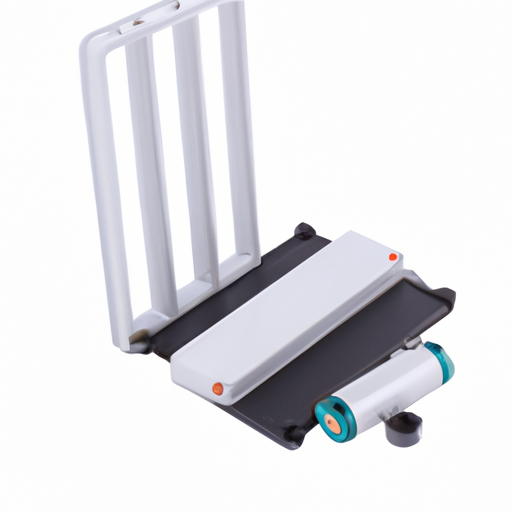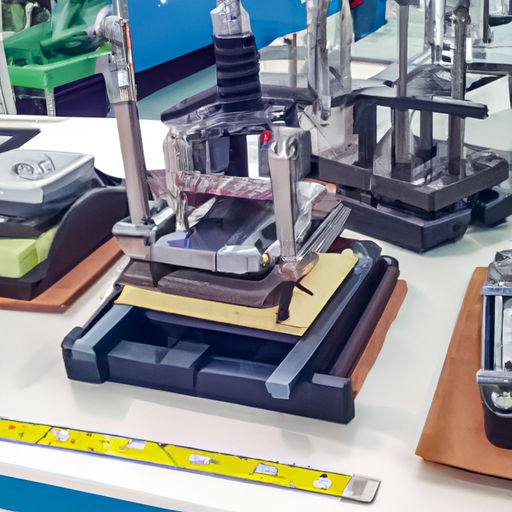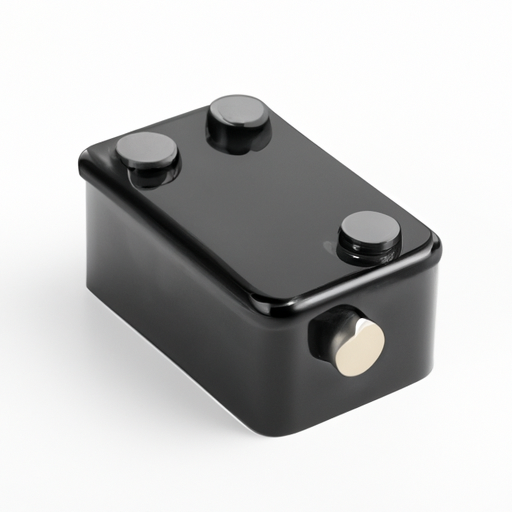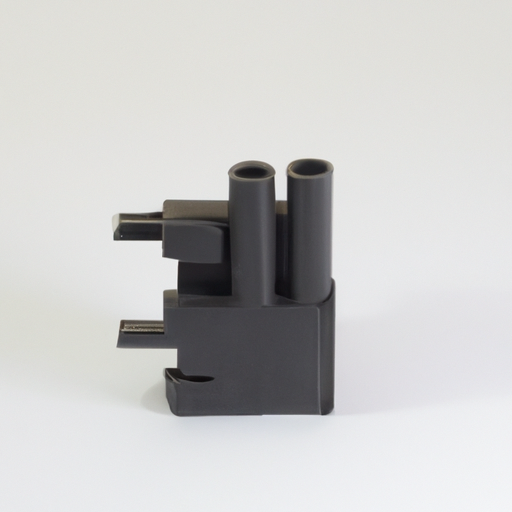The Role of the Battery Holder in Practical Applications
I. Introduction
In our increasingly mobile and technology-driven world, batteries play a crucial role in powering a wide array of devices, from everyday consumer electronics to complex industrial machinery. At the heart of this battery-powered ecosystem lies a seemingly simple yet essential component: the battery holder. A battery holder is a device designed to securely house batteries, ensuring they remain in place while providing reliable electrical connections. This blog post will explore the importance of battery holders in various applications, their types, functions, and the challenges they face in modern technology.
II. Understanding Battery Holders
A. Types of Battery Holders
Battery holders come in various designs, each tailored to specific applications and battery types.
1. **Fixed Battery Holders**: These holders are designed to hold batteries in a fixed position, often used in devices where the battery is not intended to be replaced frequently. They provide a stable connection but may require disassembly of the device for battery replacement.
2. **Spring-loaded Battery Holders**: These holders use springs to secure the battery in place, allowing for easy insertion and removal. They are commonly found in consumer electronics, where users frequently change batteries.
3. **Battery Trays**: Battery trays are larger holders that can accommodate multiple batteries, often used in applications like power tools and electric vehicles. They provide a robust structure for securing batteries while allowing for easy access.
B. Materials Used in Battery Holders
The materials used in battery holders significantly impact their performance and durability.
1. **Plastic**: Lightweight and cost-effective, plastic is a common material for battery holders. It offers good insulation properties but may not be as durable as metal.
2. **Metal**: Metal holders, often made from aluminum or steel, provide excellent durability and electrical conductivity. They are typically used in high-performance applications where reliability is critical.
3. **Composite Materials**: Combining the benefits of both plastic and metal, composite materials are increasingly used in battery holders. They offer a balance of strength, weight, and cost-effectiveness.
C. Design Considerations
When designing battery holders, several factors must be considered to ensure optimal performance.
1. **Size and Compatibility**: Battery holders must be designed to accommodate specific battery sizes and types, ensuring a snug fit that prevents movement during operation.
2. **Electrical Conductivity**: The materials used in battery holders should provide low resistance to ensure efficient energy transfer from the battery to the device.
3. **Durability and Environmental Resistance**: Battery holders should be designed to withstand various environmental conditions, including temperature fluctuations, humidity, and exposure to chemicals.
III. Functions of Battery Holders
Battery holders serve several critical functions that enhance the performance and usability of battery-powered devices.
A. Secure Placement of Batteries
One of the primary roles of a battery holder is to securely hold batteries in place. This prevents movement that could disrupt electrical connections and ensures that the device operates reliably.
B. Electrical Connections
1. **Ensuring Proper Contact**: Battery holders are designed to maintain consistent contact between the battery terminals and the device's electrical contacts. This is crucial for ensuring that the device receives a steady power supply.
2. **Minimizing Resistance and Energy Loss**: A well-designed battery holder minimizes electrical resistance, reducing energy loss and improving the overall efficiency of the device.
C. Protection of Batteries
1. **Physical Protection**: Battery holders provide a protective enclosure for batteries, shielding them from physical damage that could occur during use or transport.
2. **Prevention of Short Circuits**: By securely housing batteries and preventing movement, battery holders help reduce the risk of short circuits, which can lead to device failure or even safety hazards.
D. Ease of Battery Replacement
1. **User-friendly Design**: Many battery holders are designed for easy access, allowing users to replace batteries quickly and without specialized tools.
2. **Maintenance Considerations**: A well-designed battery holder simplifies maintenance, making it easier for users to keep their devices powered and operational.
IV. Applications of Battery Holders
Battery holders are integral to a wide range of applications across various industries.
A. Consumer Electronics
In consumer electronics, battery holders are ubiquitous. They can be found in:
1. **Remote Controls**: Most remote controls use spring-loaded battery holders for easy battery replacement.
2. **Toys**: Many battery-operated toys utilize fixed or spring-loaded holders to keep batteries secure during play.
3. **Portable Devices**: Smartphones, tablets, and other portable devices often use integrated battery holders that allow for compact designs while ensuring reliable power delivery.
B. Industrial Applications
In industrial settings, battery holders are essential for powering tools and equipment.
1. **Power Tools**: Cordless power tools rely on robust battery holders to secure high-capacity batteries, ensuring they can withstand the rigors of heavy use.
2. **Robotics**: Battery holders in robotic applications must provide reliable connections and protection, as these devices often operate in challenging environments.
3. **Medical Devices**: In medical technology, battery holders must meet stringent safety and reliability standards, as they power critical devices used in patient care.
C. Automotive Applications
The automotive industry also relies heavily on battery holders.
1. **Key Fobs**: Many modern vehicles use battery holders in key fobs, allowing for easy battery replacement.
2. **Sensors**: Various sensors in vehicles, such as tire pressure monitors, utilize battery holders to ensure reliable operation.
3. **Infotainment Systems**: Battery holders are used in infotainment systems to power displays and other electronic components.
D. Renewable Energy Systems
As the world shifts towards renewable energy, battery holders play a vital role in energy storage solutions.
1. **Solar Power Storage**: Battery holders are used in solar energy systems to secure batteries that store energy for later use.
2. **Electric Vehicles**: In electric vehicles, battery holders must accommodate large battery packs while ensuring safety and performance.
V. Challenges and Considerations
Despite their importance, battery holders face several challenges in modern applications.
A. Compatibility with Different Battery Types
With a wide variety of battery chemistries and sizes available, ensuring compatibility can be a challenge for manufacturers. Battery holders must be designed to accommodate different types of batteries, which can complicate the design process.
B. Environmental Impact and Recycling
As the demand for batteries increases, so does the need for sustainable practices. Battery holders must be designed with recyclability in mind, and manufacturers are increasingly focusing on using eco-friendly materials.
C. Innovations in Battery Holder Technology
1. **Smart Battery Holders**: Emerging technologies are leading to the development of smart battery holders that can monitor battery health and performance, providing users with valuable information.
2. **Integration with Battery Management Systems**: Advanced battery holders are being designed to integrate seamlessly with battery management systems, enhancing safety and efficiency in applications like electric vehicles.
VI. Conclusion
In conclusion, battery holders play a crucial role in the functionality and reliability of battery-powered devices across various applications. From consumer electronics to industrial machinery and renewable energy systems, these components ensure that batteries are securely housed, properly connected, and protected from damage. As technology continues to evolve, the design and functionality of battery holders will also advance, addressing challenges such as compatibility, environmental impact, and the integration of smart technologies. Understanding the importance of battery holders is essential for anyone involved in the design, manufacturing, or use of battery-powered devices, as they are a fundamental component of modern technology and everyday life.
VII. References
1. Academic articles on battery technology and design.
2. Industry reports on battery holder applications and innovations.
3. Manufacturer specifications and guidelines for battery holders.
This comprehensive exploration of battery holders highlights their significance in practical applications, emphasizing their role in enhancing the performance and usability of battery-powered devices.












